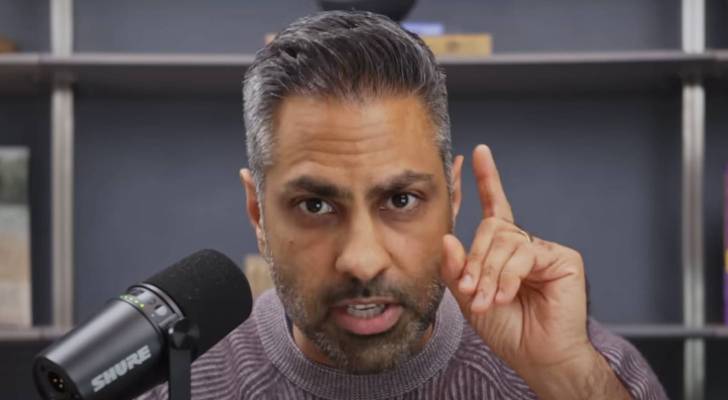
A Canadian family of four will pay an estimated $19,060 in public health-care costs this year, according to a new report from the Fraser Institute. The think tank says the figure reflects the real burden households shoulder through taxes, even if Canadian health care services are ‘free’ at the point of use.
The report, released September 9, estimates that couples without children will pay about $17,338, while single Canadians face an average cost of $5,703. Single parents with one child are expected to contribute about $5,934. Because the system is funded through general government revenues rather than a dedicated levy, many Canadians may be unaware of how much health care is really costing them.
“Canadians pay a substantial amount of money for health care through a variety of taxes — even if we don’t pay directly for medical services,” said Nadeem Esmail, director of Health Policy Studies at the Fraser Institute, in a statement.
Health spending outpacing income and essentials
The Fraser Institute’s findings highlight a long-term trend: Health-care costs in Canada have been rising faster than both wages and basic living expenses. According to the report, since 1997, the cost of public health-care insurance for the average Canadian family has increased 2.2 times as fast as the cost of food, and 1.6 times as fast as both housing costs and average income.
This climb comes as governments move to devote an ever-larger share of revenue to health care.
Statistics Canada reports that health accounted for about one-third of all consolidated provincial and local government spending in 2023, while the Canadian Institute for Health Information (CIHI) projected that total national health expenditure will have reached $372 billion for 2024 — which works out to about $9,054 per Canadian. According to that same CIHI report, health spending has become equal to roughly 12.4% of Canada’s GDP, one of the highest ratios ever recorded outside of the pandemic.
For households, the implication is straightforward: a growing portion of their earnings is consumed before they see a paycheque. Rising health costs reduce what families have left for mortgages, food, or savings, while governments continue to debate how to sustain and improve the system.
Are Canadians getting a healthy deal?
The Fraser Institute notes that since health care costs in Canada are collected through a wide mix of income taxes, sales taxes and employer contributions, most Canadians never see the true bill for health care, which makes the financial burden somewhat opaque. Yet this study suggests the cost is considerable, particularly when understood over time and against inflation.
While a median-income family will contribute around $8,300 toward health care in 2025, top-earning households will pay closer to $59,000, according to the report. Families among the 10% with the lowest income are expected to pay about $700. This wide variation underscores the progressive nature of Canada’s tax system, but also raises questions about sustainability, given that costs for all groups have steadily risen in recent decades.
While the report does not evaluate the quality of services or outcomes, it does suggest that we ask a broader question: are Canadians getting value for the money they are spending on health care? Since this essential service is now consuming nearly one-quarter of government tax revenues, the debate over efficiency, access and long-term affordability will surely continue to grow.
“Our hope is that these figures will enable Canadians to more clearly understand just how much they pay for public health care insurance, and how that amount is changing. With a more precise estimate of what they really pay, Canadians will be in a better position to decide whether they are getting a good return on the money they spend on health care.”
This article provides information only and should not be construed as advice. It is provided without warranty of any kind.

